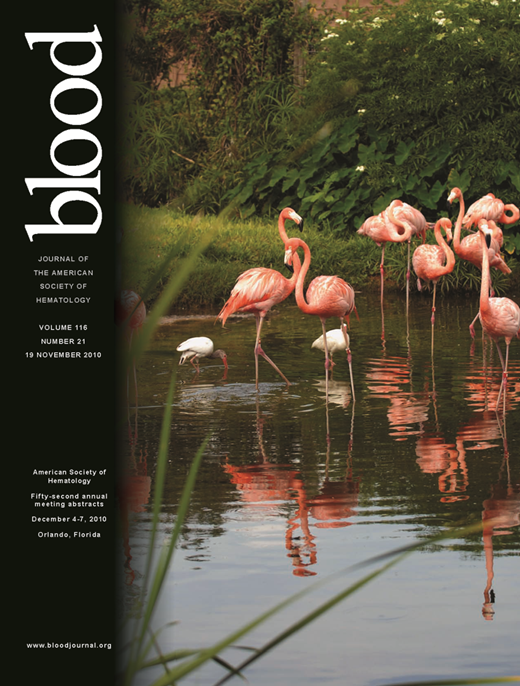Abstract
Abstract 2412
A majority of CLL cases represent monoclonal lymphoproliferation. On the other hand, simultaneous biclonal/biphenotypic disease has been sporadically recorded (Gonzales-Campos et al., 1997). Moreover, initially minor, aggressive subclone harboring p53 inactivation in monoclonal CLL can be selected after therapy (Malcikova el al., 2009). Here we present an analysis of patients expressing two or three functional IGH rearrangements. We also closely describe one case of a patient who developed another CLL population after therapy. In this case, the original malignant clone was forced out by the more aggressive CLL population that led to therapy resistance.
We characterized clonal evolution in cases expressing two functional Ig rearrangements (potentially biclonal CLL) and described in detail the alteration of CLL populations in one case.
B lymphocytes were separated from peripheral blood samples using Ficoll-Paque PLUS (GE Healthcare)/RosetteSep Kits (StemCell). IGHV status was assessed according to the ERIC recommendations (cDNA as an input material). A clonal rearrangement of IGH was confirmed by BIOMED-2 protocol, and Ig light chain utilization was assessed. Chromosomal alterations were analyzed by FISH (deletions 13q14, 17p13, 11q22 and trisomy 12) and metaphase cytogenetics with CpG/IL-2 stimulation.
From 1065 patients screened, 31 cases were identified as expressing two (28/31) or three (3/31) functional IGH in their disease history. 11 of them (35.5%) were analyzed repeatedly during the course of the disease with median follow-up between the first and the last IGHV examination 19.9 months (range 7.4 – 48.1). According to a number of light chains expressed and the presence of multiple IGH, all patients were divided as having a biclonal CLL (17/31) or a lack of IGH allelic exclusion (14/31). Patients lacking IGH allelic exclusion were omitted from further analysis. Interestingly, in five repeatedly analyzed cases, a mutated CLL clone vanished during a course of the disease and only unmutated clone VH1-69 (4/5) or VH4-34 (1/5) was still present; in one of these cases, therapy accelerated unmut VH1-69 clone selection. In another two patients, unmut CLL clone VH1-69 or VH3-30, respectively, was later selected beside the original one resulting to biclonal CLL. Importantly, we found a patient with an original monoclonal population who developed the second CLL clone after therapy. The original clone was, afterwards, totally overcome by the second one. In this case, Ig analysis of the sample prior to the first therapy showed only unmut VH3-21 rearrangement combined with VL1-51. Two distinct malignant populations were detected by flow-cytometry nine months after the therapy. Ig analysis assessed the original clone and a second unmut VH1-69/VK1-39 clone. IGH and IGL sequences were compared between both populations, and BCR editing was excluded as unlikely. The selection of distinct CLL was supported by cytogenetics which detected the second clone with complex karyotype including loss of chromosome 17 beside the original one with sole deletion in region 5q14.1-q21.3. Because of disease progression, second-line therapy was administered without therapeutic effect. Subsequent analysis of CLL cells revealed a total eradication of the original VH3-21 clone and persistence of the second aggressive clone with p53 inactivation.
Frequency of biclonal cases in our cohort is 1.6% (17/1065). Our results show for the first time that aggressive CLL clones, especially VH1-69, can grow up beside and even displace more indolent mutated populations. Therapy can accelerate the clonal selection; this is documented by two cases. We also analyzed in detail one of these patients who developed the second aggressive CLL after therapy. We conclude that subsequent monitoring of CLL patients is necessary for understanding of malignant disease evolution and the role of therapy in the clone selection process. Supported by IGA MZ CR NS10439-3, NS9858-3, MSM0021622430, 204/09/H058 and MPO FR-TI2/254.
No relevant conflicts of interest to declare.
Author notes
Asterisk with author names denotes non-ASH members.

